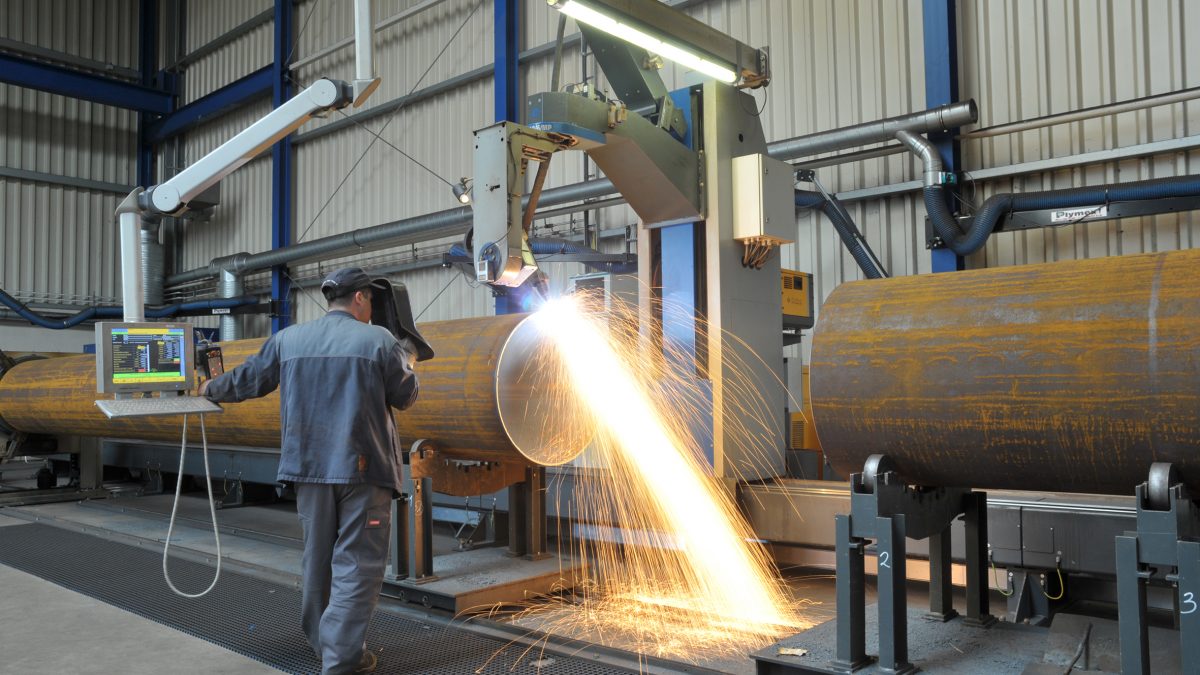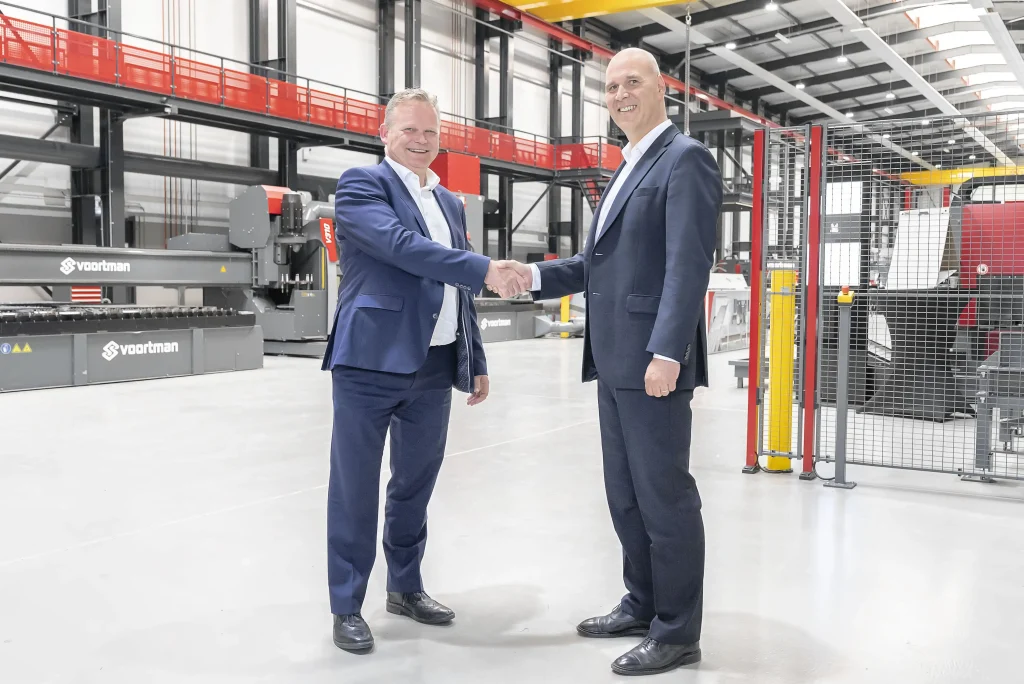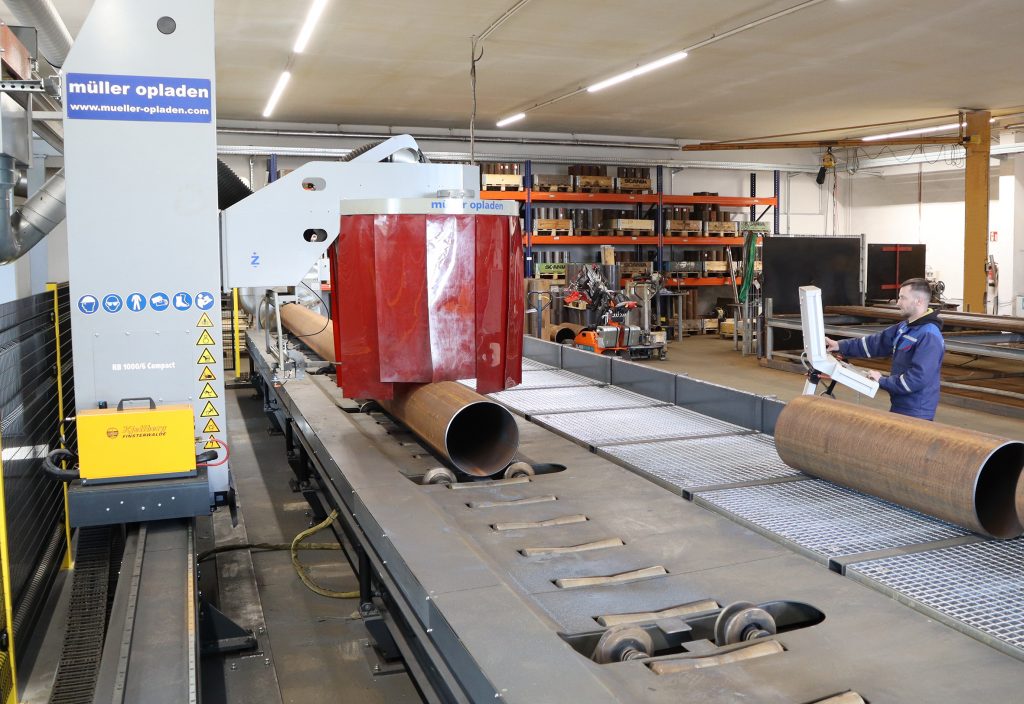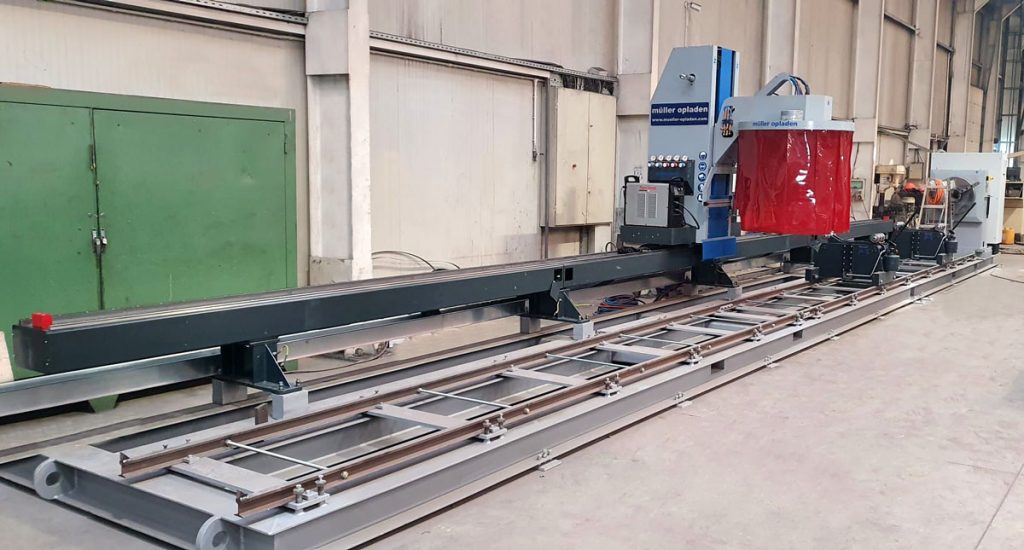At Stahlrohr GmbH, a 3D pipe profiling machine from MÜLLER OPLADEN has been in reliable operation for more than 10 years – at times in 2-shift operation. This is an excellent example of German-made quality and precision. Now the company has invested in the matching logistics and new CAM software, thus expanding its capabilities.
Since its establishment in 1998, Stahlrohr GmbH in Duisburg has built up a fine reputation for itself as a supplier of longitudinally and spirally welded tubes, and since 2012 also of seamless steel tubes. In the course of further business expansion, the product range was extended to include hot and cold hollow sections in 2017 and 2021. The company with its 70 employees supplies dealers and major customers at home and abroad in the segments of machine manufacture, plant engineering, steel construction and pipeline construction for water suppliers and the chemical industry, as well as in the wind, energy, oil and shipbuilding industries.
“Customers benefit from our innovative spirit, as they get the entire range of tube products from a single source. Long trips with multiple loading points are thus eliminated,” says Managing Director Jörg Breiksch.
Stahlrohr GmbH stocks around 25,000 metric tons of pipe material on more than 60,000 square meters so that it can deliver at short notice. Thanks to a fully automated high-bay storage system, the tubes are quickly made available. In addition to various sawing systems and a CNC machining center, a 3D pipe profiling system from MÜLLER OPLADEN has been running here for over 10 years. Even in 2-shift operation, this system satisfies the requirements for top-quality cutting, as demonstrated by the example of Zurich Airport.
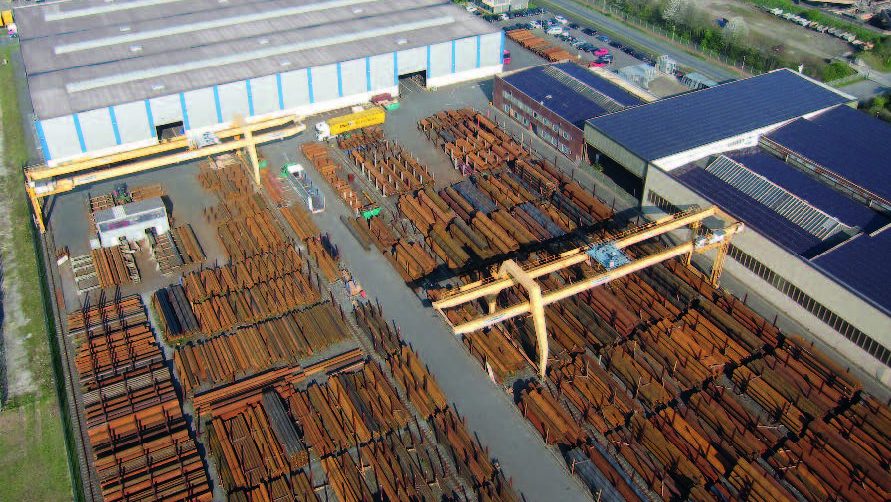
Precision cutting in the long term
In accordance with market requirements, Stahlrohr GmbH invested in a CNC-controlled 3D pipe profiling system from MÜLLER OPLADEN more than 10 years ago and has since gained excellent experience. “On this system we reliably process round tubes with outer diameters up to about 1,422 mm,” explains Marc Steuernagel, Machining Sales. For wall thicknesses from 5 to 100 mm using the thermal oxyfuel process, and for wall thicknesses up to 50 mm with plasma cutting. “The machine runs trouble-free and continues to satisfy our quality requirements even after this long period of operation.”
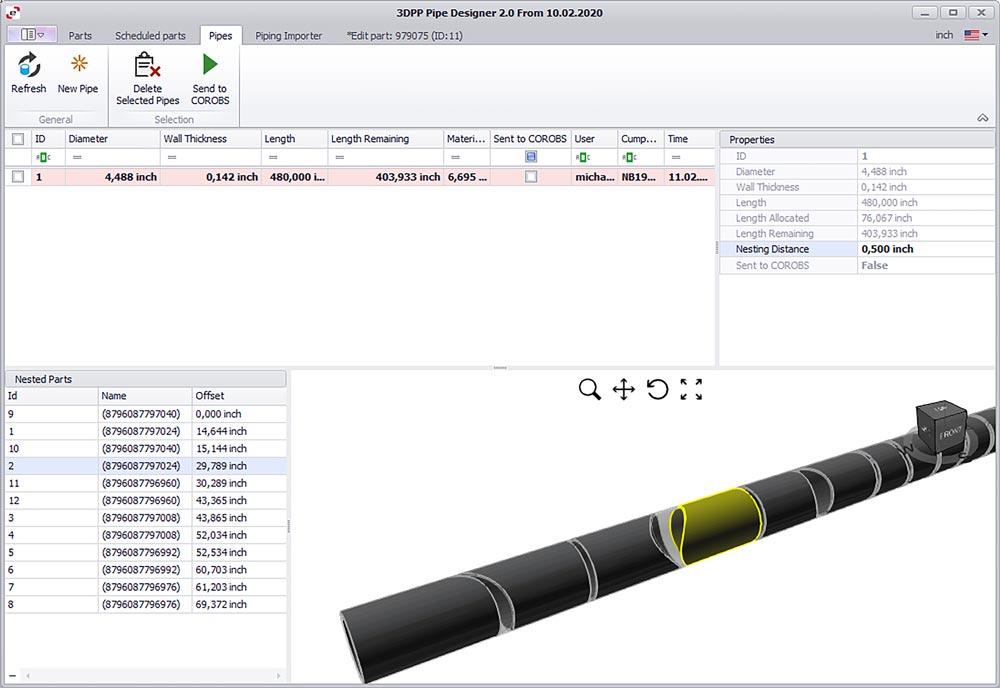
Thanks to the degrees of freedom it offers, customer-specific cuts, contours, penetrations, multiple intersections, miters and slots can be produced on the software-controlled system from MÜLLER OPLADEN. “Suitable weld preparations can easily be incorporated into the machining process,” says Steuernagel. Over conventional production methods it has such advantages as reduced manual effort, a greater variety of components with faster throughput, and higher quality and repeatability in production.
In addition to a wide range of tubes for boiler making and machine manufacture, Stahlrohr also supplies companies in the sector for offshore structures and trusses for steel construction. “Examples include the tubular supports for roof the structures at Zurich Airport and a tubular sculpture at the Rolex headquarters,” says Breiksch.
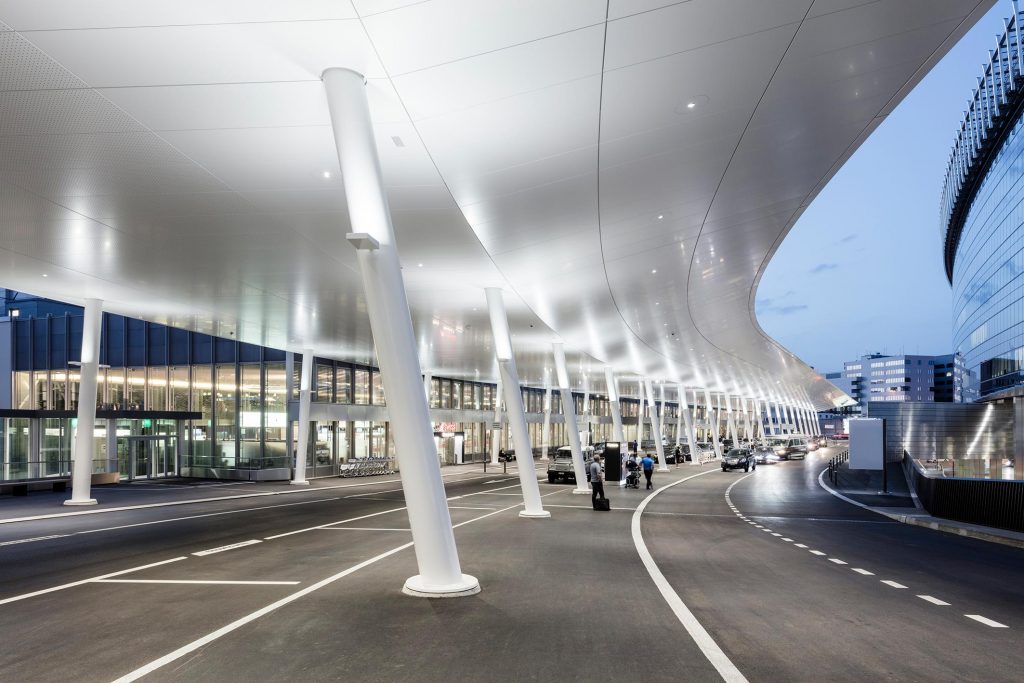
To improve its flexibility in tube processing sector, Stahlrohr GmbH has recently invested in new roller carriages to extend the MÜLLER OPLADEN machine. “We have also integrated the new 3D-Profil Plus CAM software, enabling us to make pre-machining processes more efficient,” explains Breiksch. “This allows us to realize projects even faster and achieve optimum output with less scrap and higher quality at the same time.”

